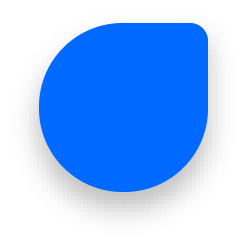

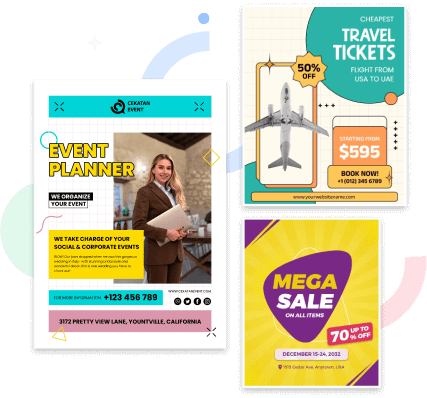
A flyer is a single-page printed document used for promoting events, products, services, or causes. They are designed to grab attention quickly and deliver a clear message to the target audience. Flyers are a popular marketing tool because of their simplicity, affordability, and versatility.


Flyers are an effective marketing tool because they are:
Affordable to produce and distribute.
Can be distributed in specific locations to reach your target audience.

Physical presence makes them memorable and harder to ignore.
Flyers are easy to design and print, ideal for last-minute promotions.

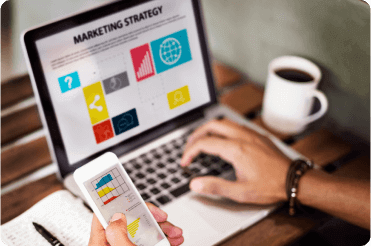


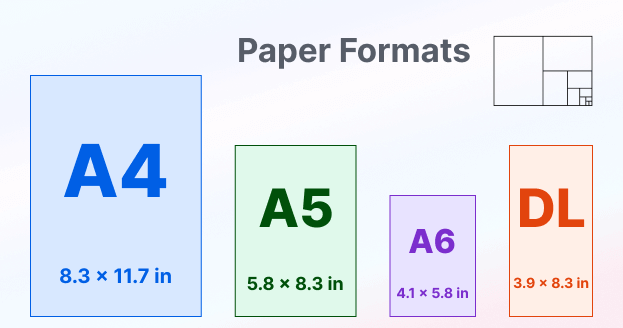
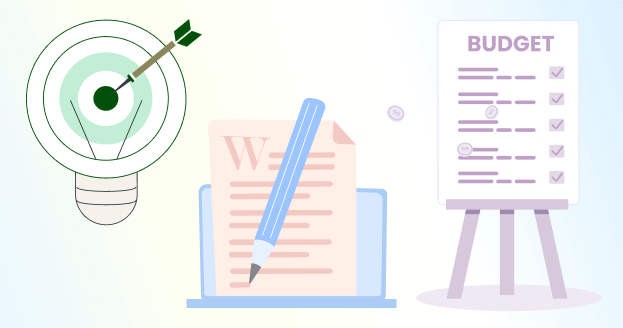
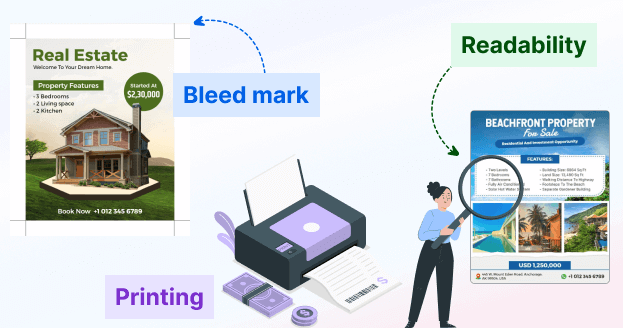
Start by clearly defining the goal of flyer. Whether you promoting an event, Ads a product, or spreading awareness, flyer should have a focused message.
Understand who your target audience is and tailor the design, language, and content of your flyer to appeal to them.
Your headline should be eye-catching and convey the main message of your flyer in just a few words.
Visuals are crucial for making your flyer attractive. Use high-resolution images and graphics that are relevant to your message.
Less is more when it comes to text on a flyer. Use bullet points, short sentences, and clear fonts to make your message easy to read.
Encourage your audience to take action, whether it’s visiting your website, attending an event, or taking advantage of a promotion.
Use white space effectively to avoid a cluttered look. Ensure that all elements are well-spaced and the flyer is visually balanced.
Check for spelling, grammar, and formatting errors before printing or distributing your flyer. A professional appearance is essential for credibility.
Explore our range of templates that are user-friendly and fully customizable, designed to perfectly fit your small business needs.
Stay informed on the newest flyer design trends, tips, and inspiration! Explore our blog for valuable articles, creative advice, and ideas to elevate your flyer-making experience. From design techniques to marketing enhancements, we’ve got everything you need to succeed.